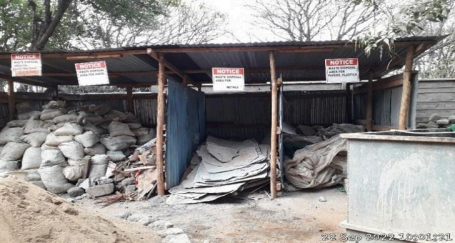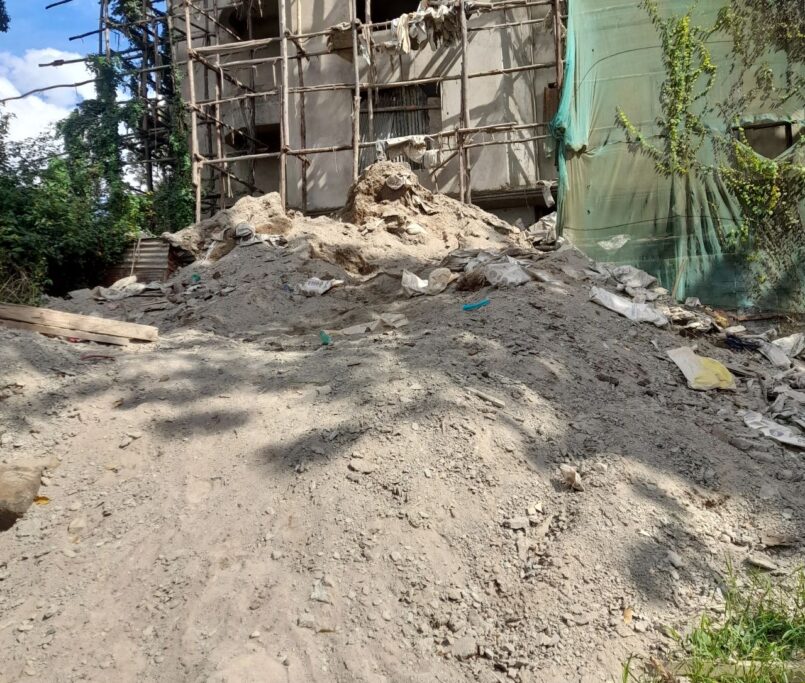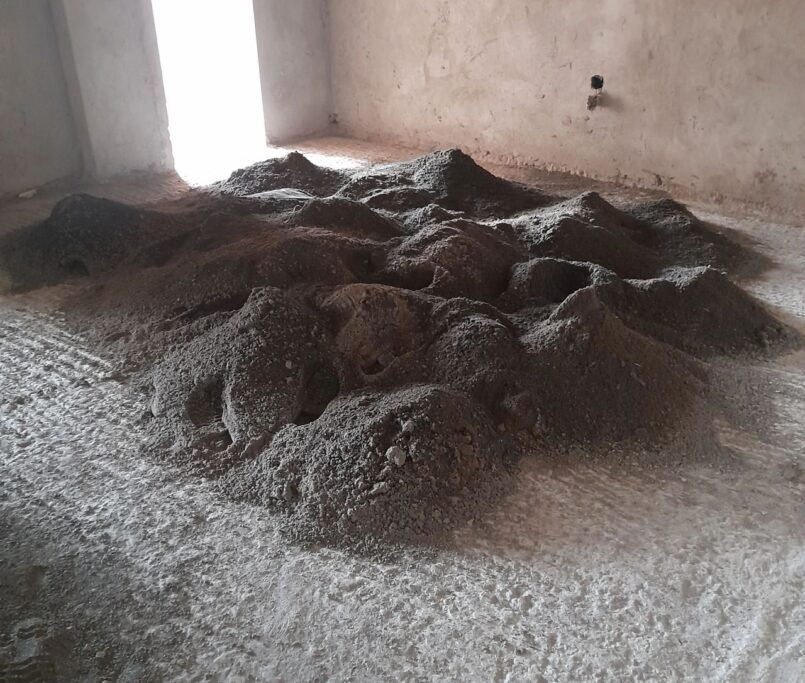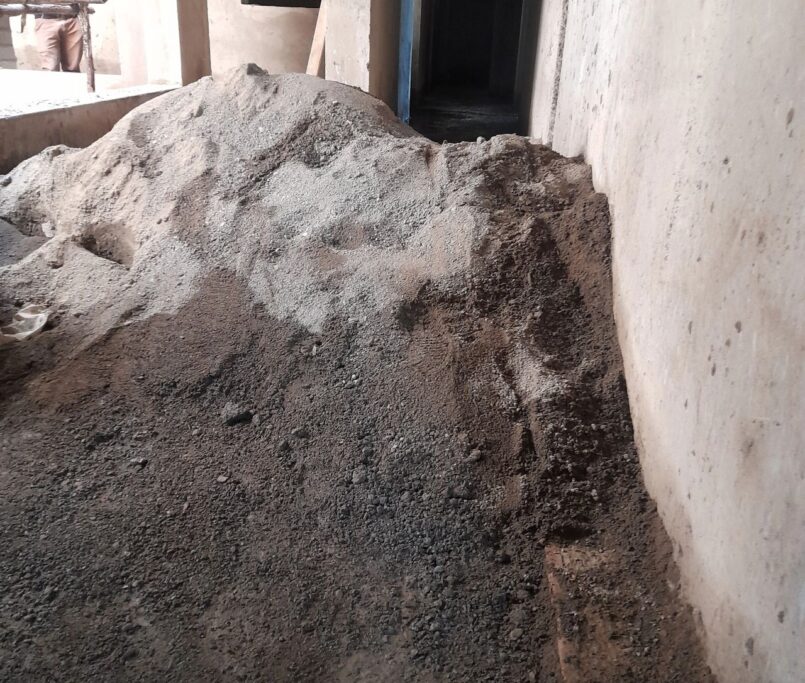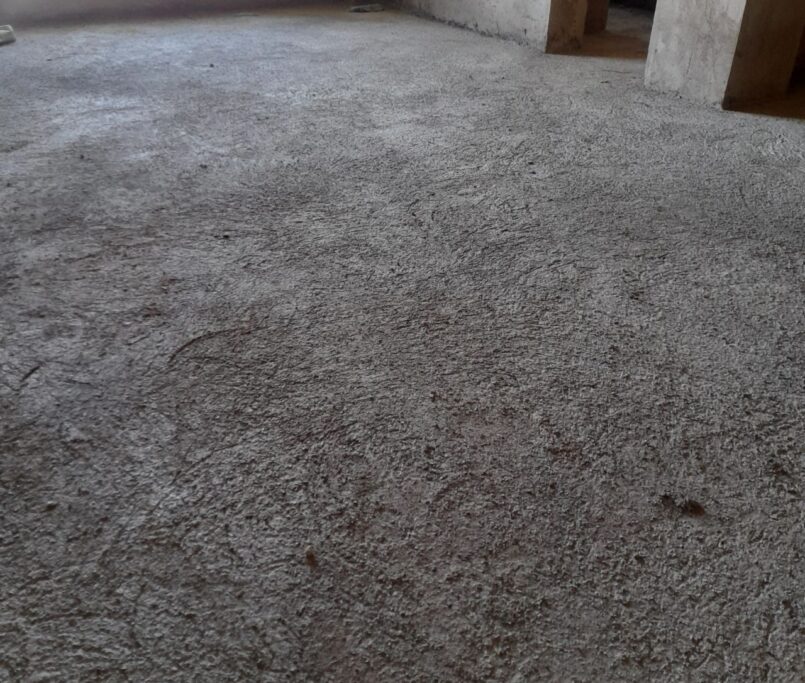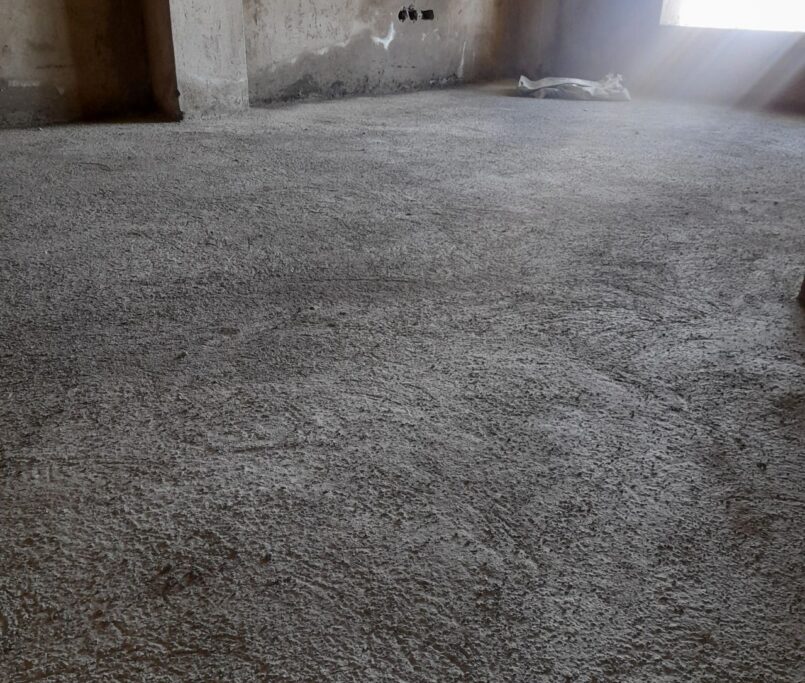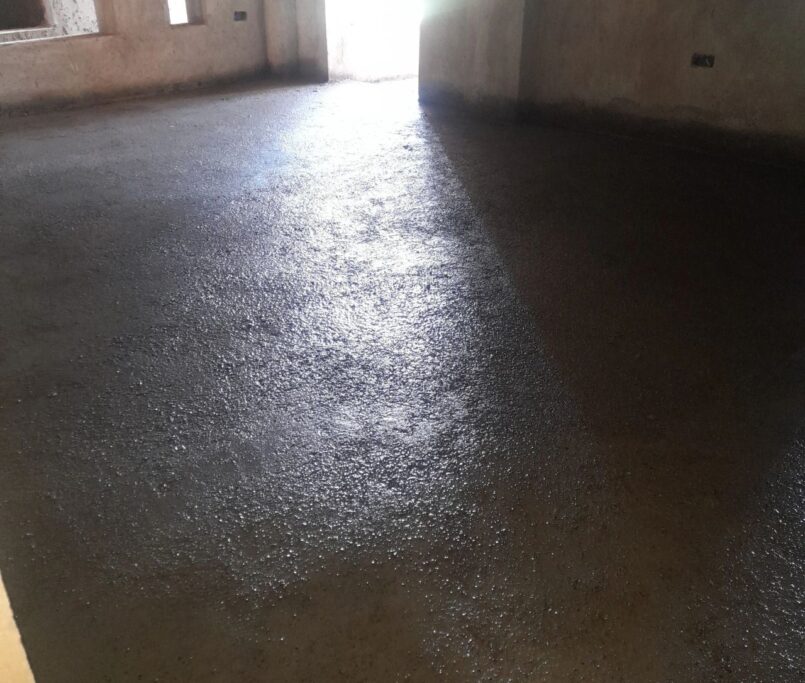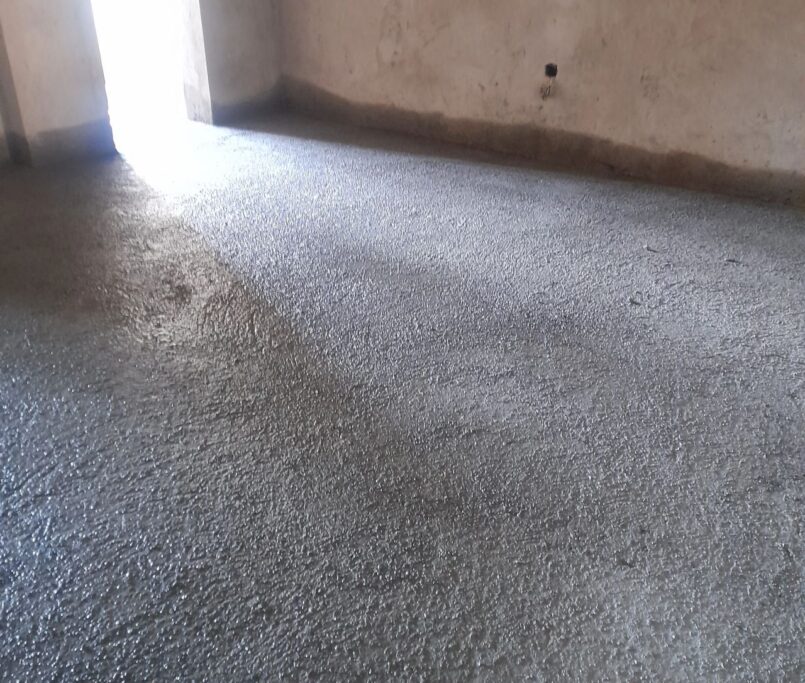01.
The first step in making the most of recyclable building materials is to determine what type of material you need for your project. There are a variety of materials available, including wood, metal, plastic, and glass. Each of these materials has its own unique properties and advantages, so it’s important to consider which material best suits your project. Once you’ve determined the type of material you need, you can then begin to explore the different options available.
02.
The next step is to source the materials you need. There are a number of ways to do this, including visiting local recycling centers, searching online, or even asking friends and family for any materials they may have. Once you’ve sourced the materials, you can then begin to plan out your project. It’s important to consider the size and shape of the structure you want to create, as well as any other requirements you may have. This will help ensure that you have the right materials and tools for the job.
